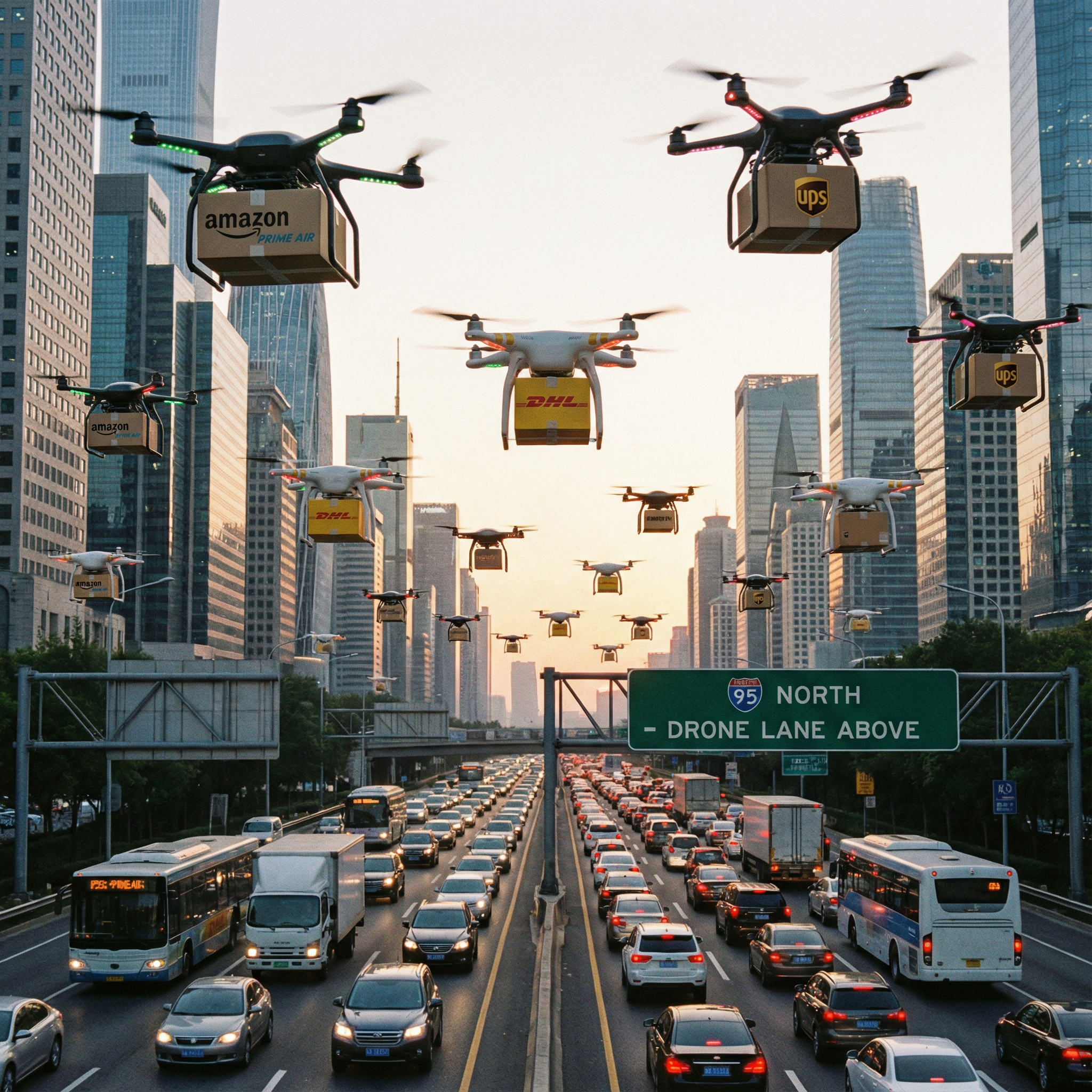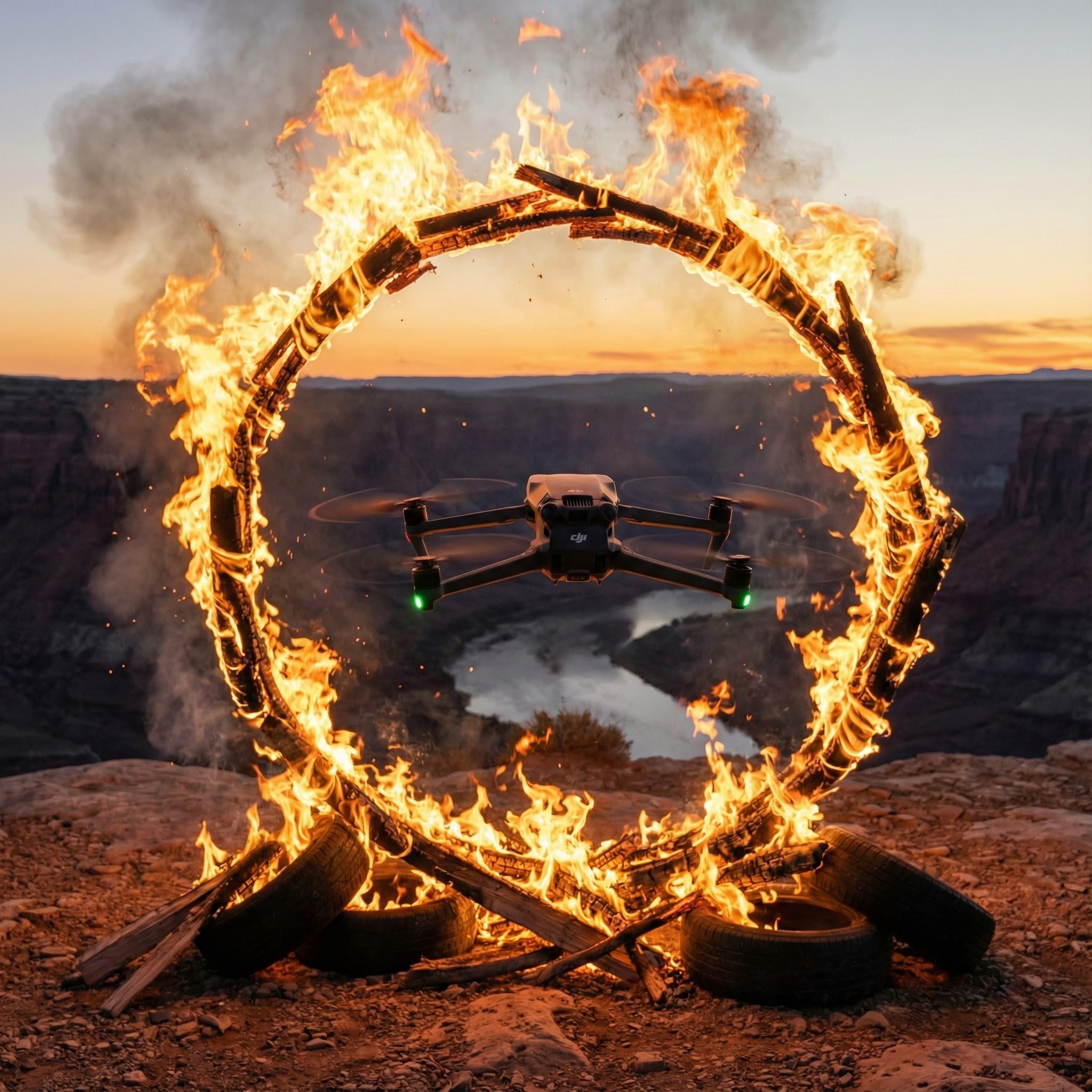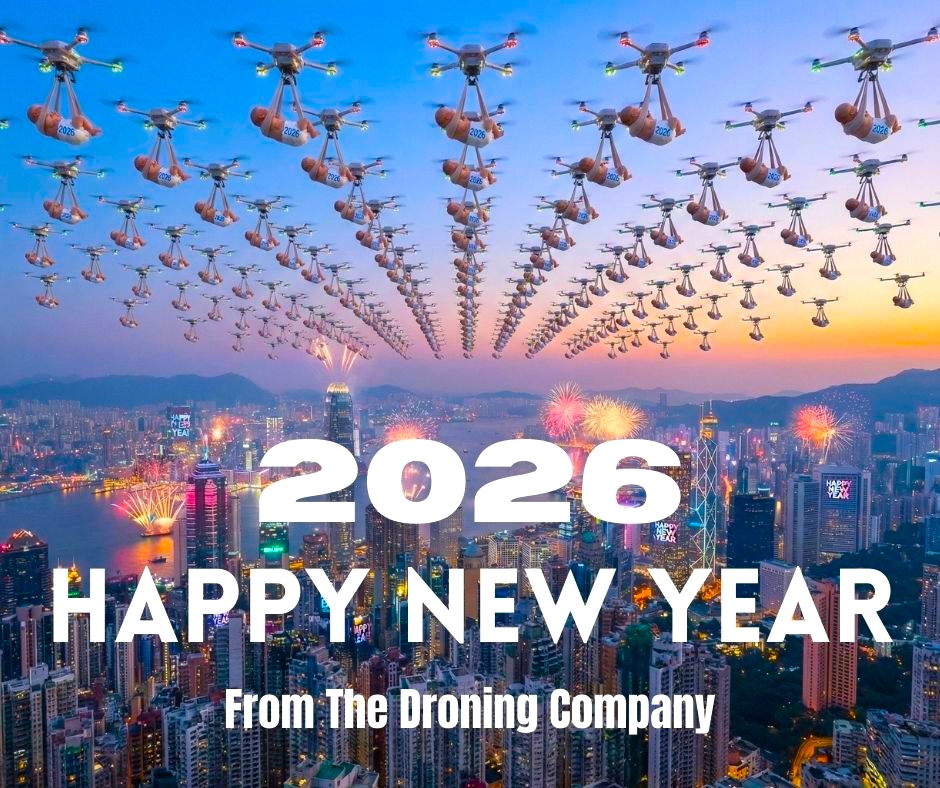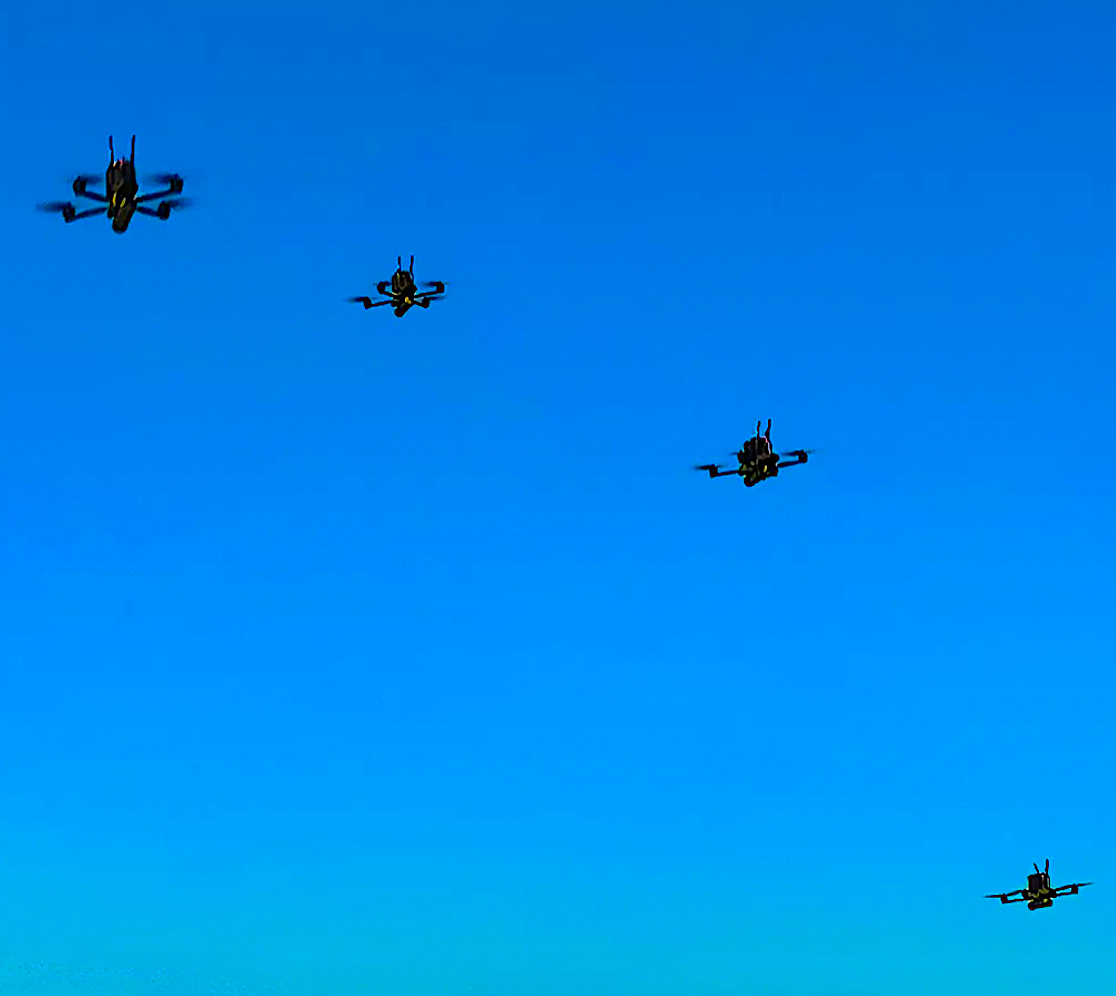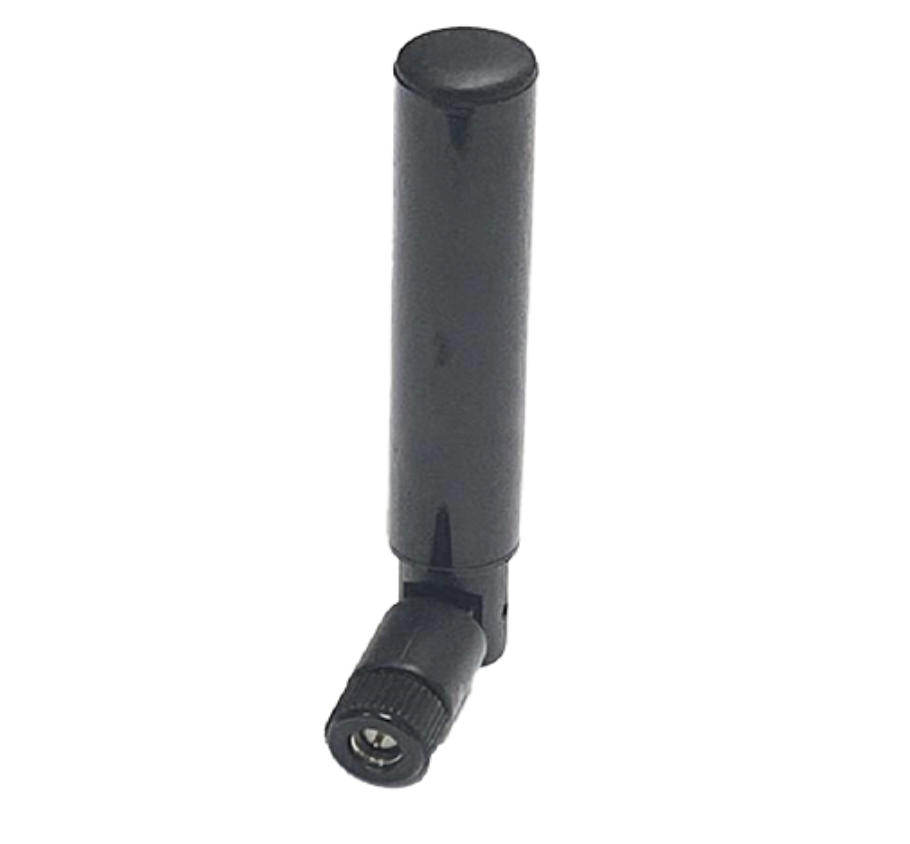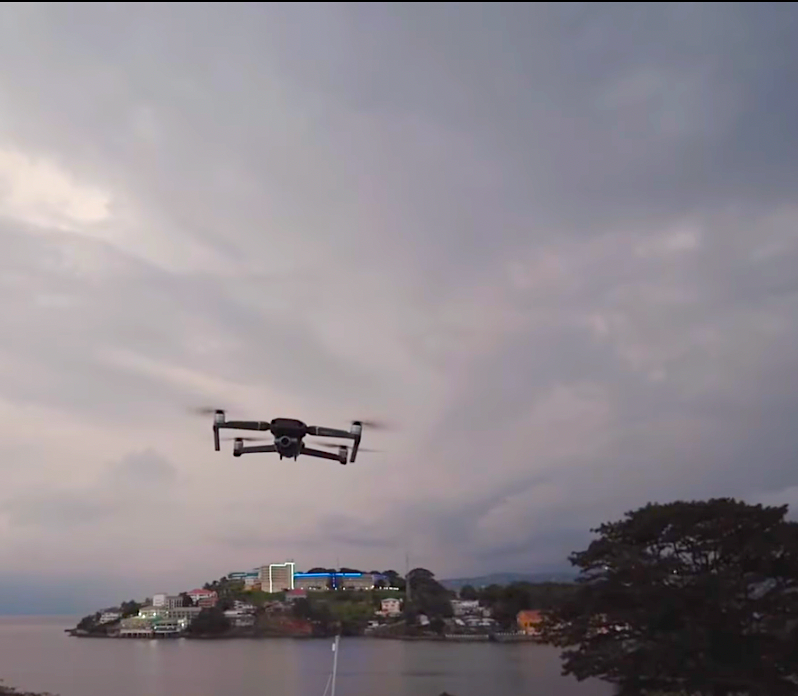Drone JobsFeatured NewsTrending NewsDrone EducationFravels FootnoteChris FravelThe Price is Right: What to Consider When Pricing Drone Work
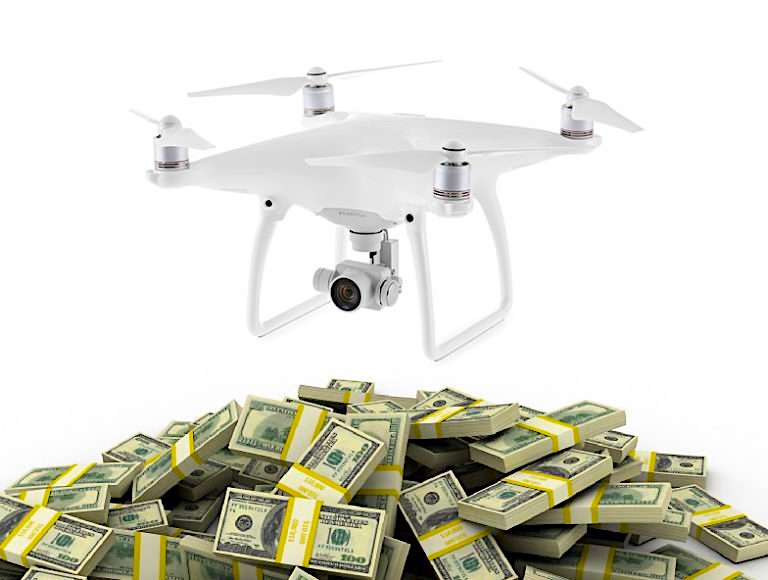
By Chris “The Drone Geek” Fravel
Header Image Courtesy Airdrone Craze
One of the most frequently asked questions posed by new commercial drone pilots around the world is, “How much should I charge for drone video/photos?” Pricing is a tricky thing to figure out when first getting started as a commercial remote pilot and with factors such as available market share, the competition’s pricing, skill level, and demand all playing into that decision, it can be hard to know where to start.
Let’s set in stone the most important considerations to make when figuring out what you should charge:
- Skill Level
- Offerings
- Turnaround Time
- Market Valuation
- Competition’s Pricing
- Service Demand
There may be other factors that play into this decision unique to you or a certain group of pilots, but I can say with confidence that these are the six pillars that will dictate your pricing.
SKILL LEVEL
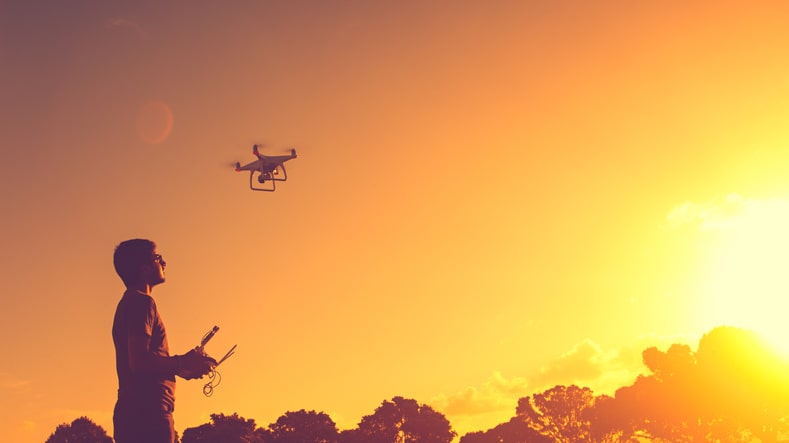
Straight-forward and to-the-point. This boils down to two facets: How much variety you offer with your shots, and how well you edit/produce/process your finished product. Let’s talk about the variety of your shots first, before moving on to your ability to edit.
No matter if you’re collecting photos or videos for multimedia production, images and telemetry for mapping, using your drone to spray crops in the agriculture industry, or anything in between and beyond, there is a level of skill that is required to produce consistent, efficient, and reliable results.
If you use automated flight planners such as DroneDeploy, Pix4D, DJI GS Pro, SkyGrid, or anything else, you’re going to end up with a consistent, albeit limited, end result straight out of the camera. On the other hand, when you fly manually for a job or project, you may not get consistent results in terms of flight paths and movement, but you unlock a world of incredible variety for your shots. The only catch is you have to master these manual maneuvers to the point that you can use them in professional projects, multimedia, or otherwise.
As with anything, no matter if you use programs to automate missions or you do everything manually, repetition builds consistency and skill. If you’re a pilot just starting out and jumping head-long into the commercial sector, you’re going to want to consider pricing your work lower until you have gained consistency in your proficiency. On the other hand, if you’ve been in the game for a while and you offer a high-level product “behind the sticks,” then you can safely factor this into the higher end of the pricing scale. It all depends on where you are at and how honest you are with yourself about that.
OFFERINGS
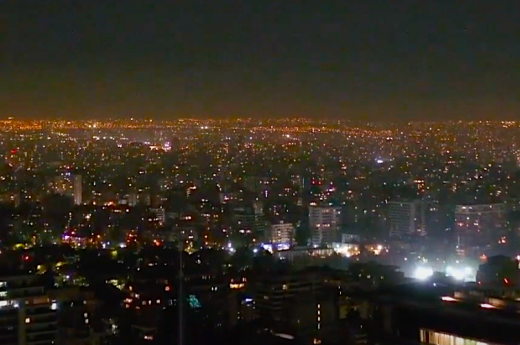
What is your speciality? Drone photography? Drone video? Drone mapping? Drone modeling? Drone inspections? Drone delivery?
Once you have determined that, also determine what other types of drone product and/or service you wish to offer. Maybe you’re a drone mapping business that also dabbles in photography and video for multimedia. Maybe you do drone video, but also have the ability to offer inspection services. The combination doesn’t matter, but the idea of multiple offerings does.
This truly comes down to a “jack-of-all” versus a “master-of-one” mentality. If you offer a variety of services at a reasonably professional level, but do not specialize in any particular area, you’re going to have plenty more opportunities for jobs and projects, but you may need to consider a lower rate if you cannot deliver the same quality a specialist might offer. Specializing usually means you will offer a much more refined product within your area of expertise. In this scenario, it’s a safe bet that you will be able to charge more for your specialized area, but will have limited opportunities for jobs and projects because of the narrow focus.
TURNAROUND TIME
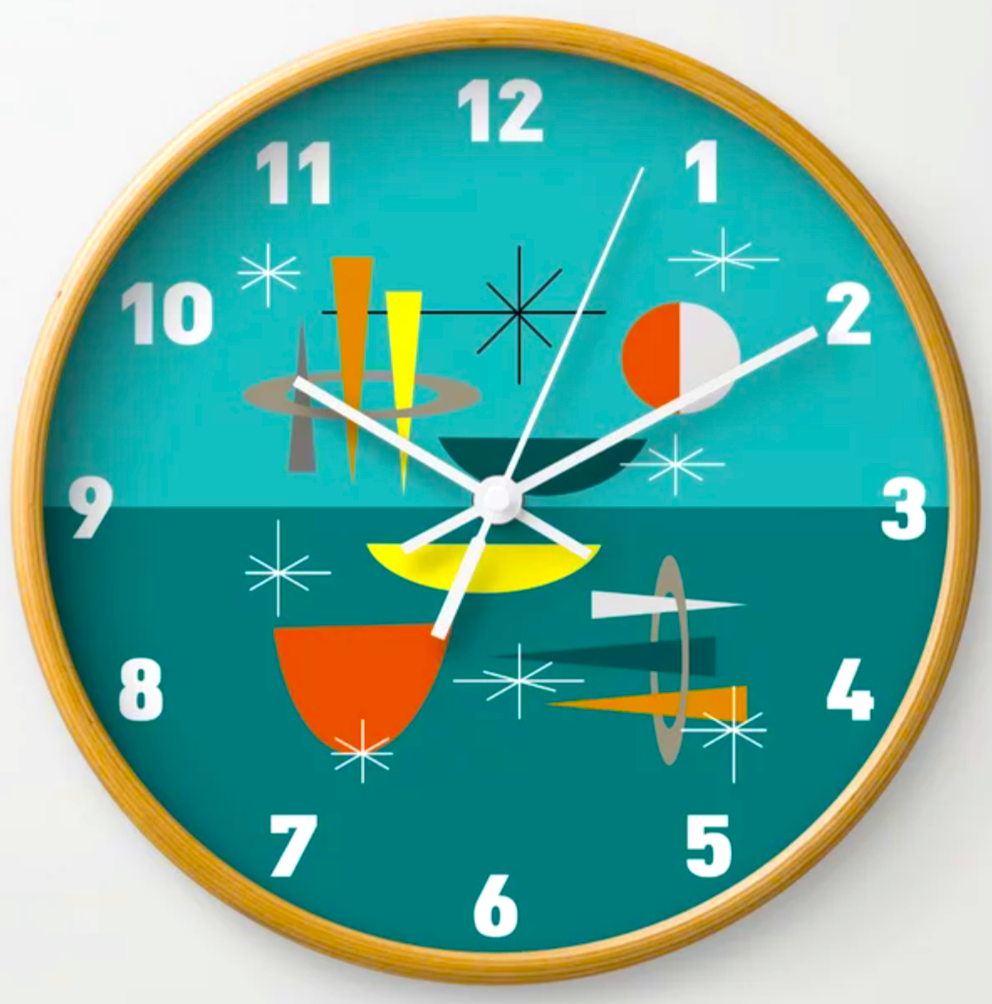
While it’s relatively easy to know how quickly you can turn projects and jobs around to get the client a finished product, sometimes this is a job-by-job or project-by-project variable that will change depending upon the circumstances.
In general, the faster you can turnaround a project, the more you can justify charging your client. Whereas the longer it takes you to turn a project around the less you should charge. A client will often pay more for the guarantee of a speedy delivery on the end-result of your flight. On the flipside, a client will be more understanding of a longer turnaround time if they aren’t paying a premium for your services. It’s a balance that is totally up to you to strike.
On a per-job-basis you can decide just how much to charge for speedy turnarounds without adjusting your base rate. I call this “exception pricing” because it is pricing that falls outside of your normal charges. I value my time more than I do money (which is ironic because time is money in almost all situations). For that reason, I limit the hours in which I work on a project unless it is my own personal passion project. I am not somebody who typically pulls all-nighters or skips meals to complete a project—not because I don’t care about what I do, but because I believe in balance above all else (cue the Thanos memes).
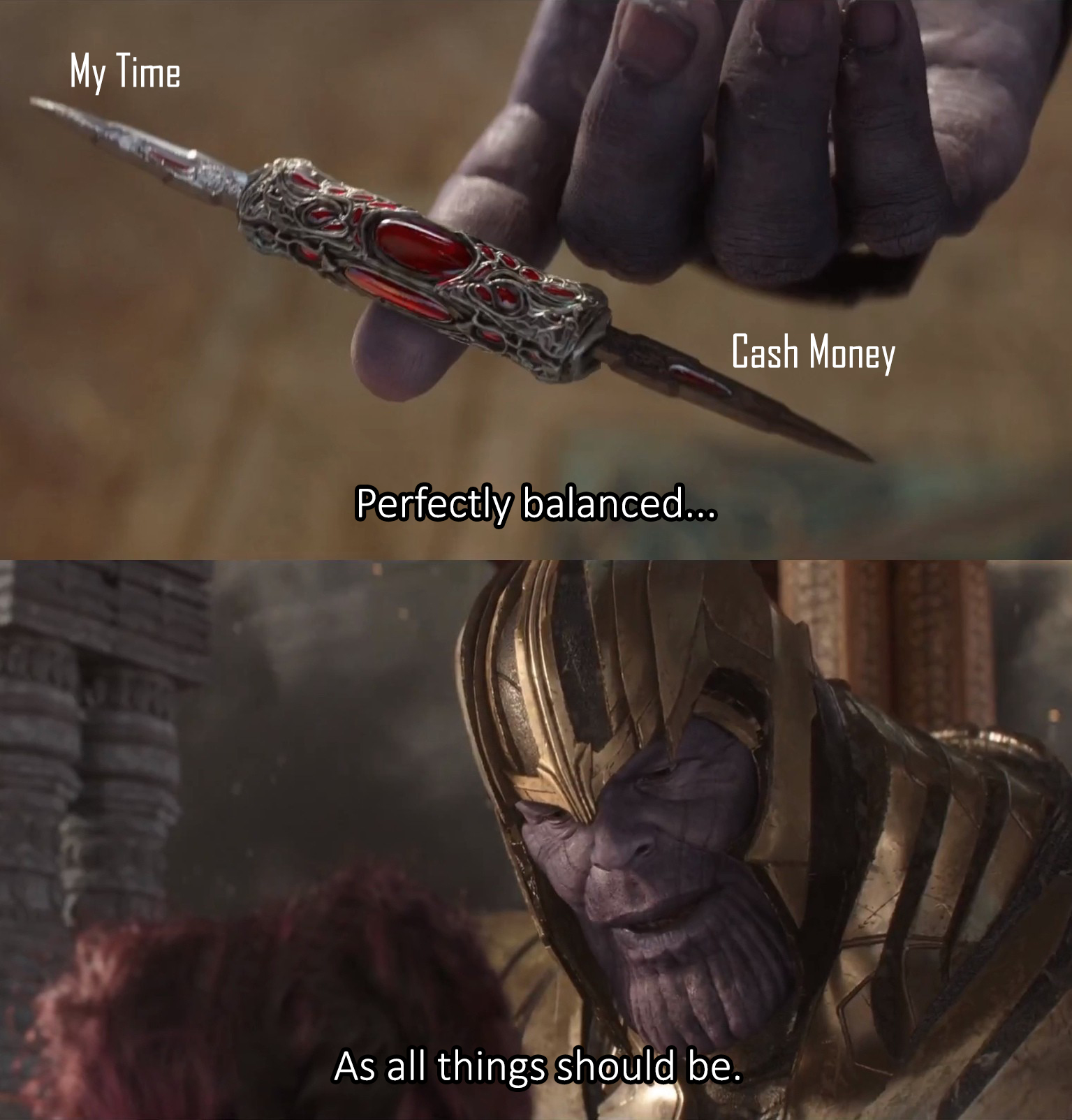
If a client comes to me during a peak busy-time period and needs a project turned around in an incredibly short amount of time, I will make room for them in the front-end of my schedule, but will charge accordingly as a sort of “convenience fee.” You may feel differently about your time and how you value it, but that’s entirely your call to make!
MARKET VALUATION
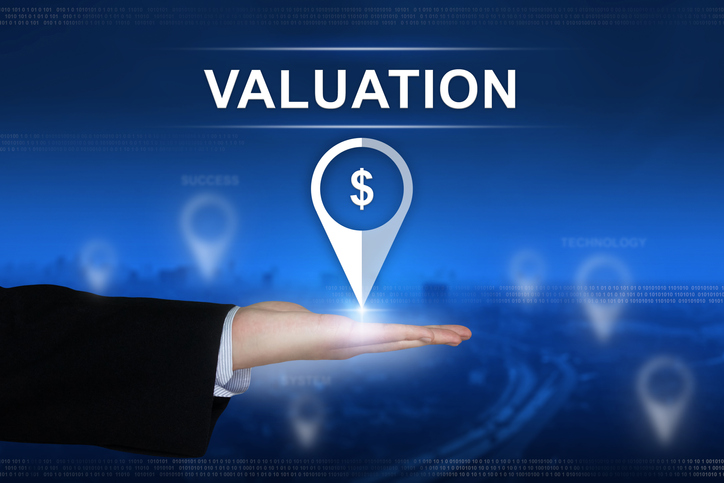
This is your market’s “cost-of-living.” Whether you are flying drones commercially as a full-time career, or it’s just your nifty little side hustle, your pricing is heavily influenced by your market’s valuation. A drone pilot in a major metropolitan area such as Boston, Miami, Los Angeles, Seattle, etc. will be able to charge more per hour or per job than a pilot from Greasy Corner, Arkansas (yes, that’s a real place).
There are a number of resources online to help you narrow-down your area’s cost-of-living. Use a variety of them to get the gist of where your market is at and price accordingly. A great method for figuring out how that relates to your service is to price-check contract workers in similar fields (photographers, film studios, land surveyors, etc.) in your area and use that to create a ballpark for your rates. Keep in-mind that just because a photographer charges $150/hr. does not mean you should charge $150/hr. It is purely a starting point to better narrow-down what you should be charging for your drone services.
In a future article we will be sharing data that will give you a better idea of the average rate range of drone pilots across the country. You can then use that data to determine your rates based upon your market’s valuation and the other 5 pillars on this list.
COMPETITOR PRICING
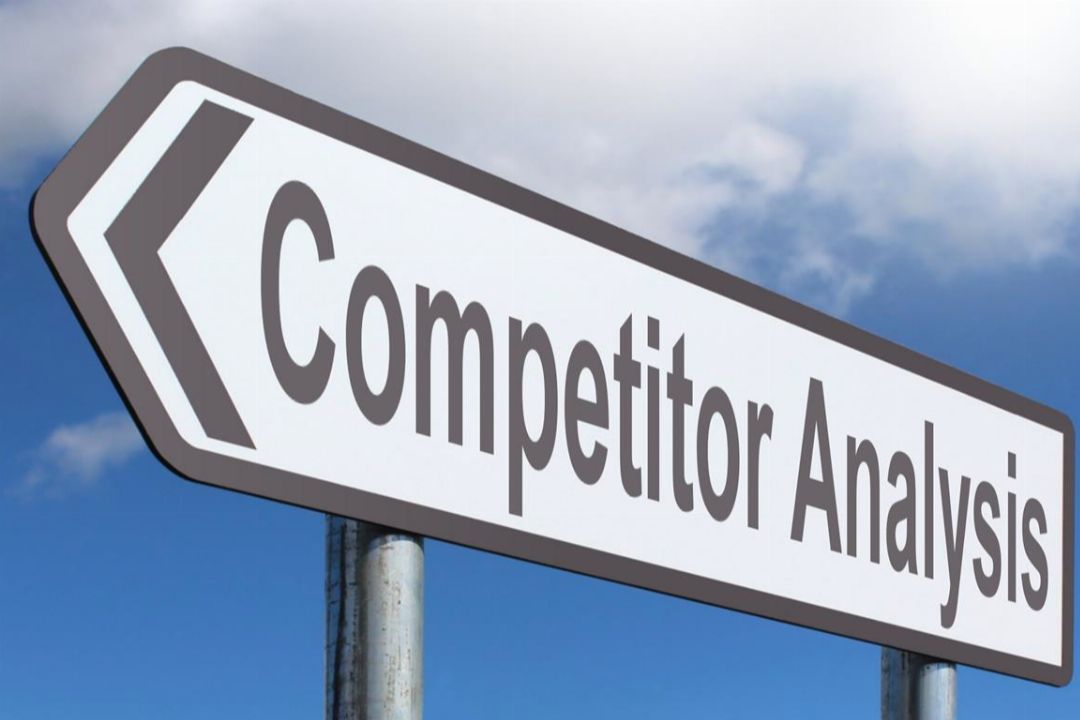
Be aware of the pricing of your competitors as it will have an impact on how attractive your pricing is for your work. I can’t advise on how to handle this particular aspect as it will vary from situation-to-situation, but I can say the principle rule-of-thumb is this:
If your competitor is priced high, it is wise to price your work down by 10 percent in order to push your way in to take the necessary share of business. If your competitor is priced low, it can be argued that pricing 10 percent higher reinforces the idea that your work is better-quality and therefore more attractive to potential prospects.
Remember two things regarding the above rule:
- It is not okay to undercut competition on pricing. Meaning that if a competitor is charging $150/hr. for drone services, then you should not price your work at $50/hr. just to steal business away from them. Doing this cheapens the value of what drone pilots do and the liability we take on when flying our drones—which means we all lose. Always keep your price cuts or competitive pricing within a reasonable range of your competition.
- When intentionally pricing a job or your base rates higher than your competition, remember that there is an upper-limit to what people and companies are willing to pay for your services. As the business that prices higher, it is up to you to remember your market’s valuation and price accordingly. You will be setting the tone for the rest of the field which requires pricing that accurately reflects the services we offer. Your responsibility is just as important as the responsibility of the person or company pricing lower not to undercut the market.
The rates set by your competitors will play into how you price your work, but remember to be true to what you believe your work is worth. Giving your competition too much influence on your pricing empowers them and disenfranchises you as a business owner.
SERVICE DEMAND

It may be a smart idea to reach out to area businesses and organizations that you think might require drone services to gauge their interest in them. This sounds archaic, but the power of drone technology is still not totally understood by the larger populace. It’s up to you to gauge the interest and try to drive it up by educating the people, companies, and organizations in your area.
It does not take a rocket scientist to understand that if there is no call for drone services in your market area, then there is no point in even beginning to price your services out as nobody will be inquiring about them. At the same time, if the demand is sky-high and you have too much work opportunity in your market area to keep up with, then you can price your services out as you see fit in order to find the balance between optimizing workload and revenue.
IN CONCLUSION
Pricing is a tricky thing to handle when it comes to drone services. If you find yourself stuck in this phase of your drone-business offerings, don’t get too frustrated. Charge what you think is fair and keep in mind the pillars outlined in this article to assist in that venture. The most important rules to remember are to not undercut and not overcharge.
In the near-future, The Droning Company will be publishing an article that will serve as an informational asset that will better help you price out your drone services. We will include data gathered by our team to give specific figure ranges for drone pilots in both major metropolitan areas, rural areas, and everything in between as best we can. Keep your eyes on our site for that article as it will be invaluable when it comes to helping you get started with pricing your work.
MORE RESOURCES
https://www.thedroningcompany.com/blog/how-to-find-a-drone-job
https://www.thedroningcompany.com/blog/7-steps-to-become-a-certified-drone-pilot
https://www.thedroningcompany.com/blog/how-to-become-a-commercial-drone-pilot-step-by-step
https://www.thedroningcompany.com/blog/how-drones-work
https://www.thedroningcompany.com/blog/how-to-become-a-drone-pilot
